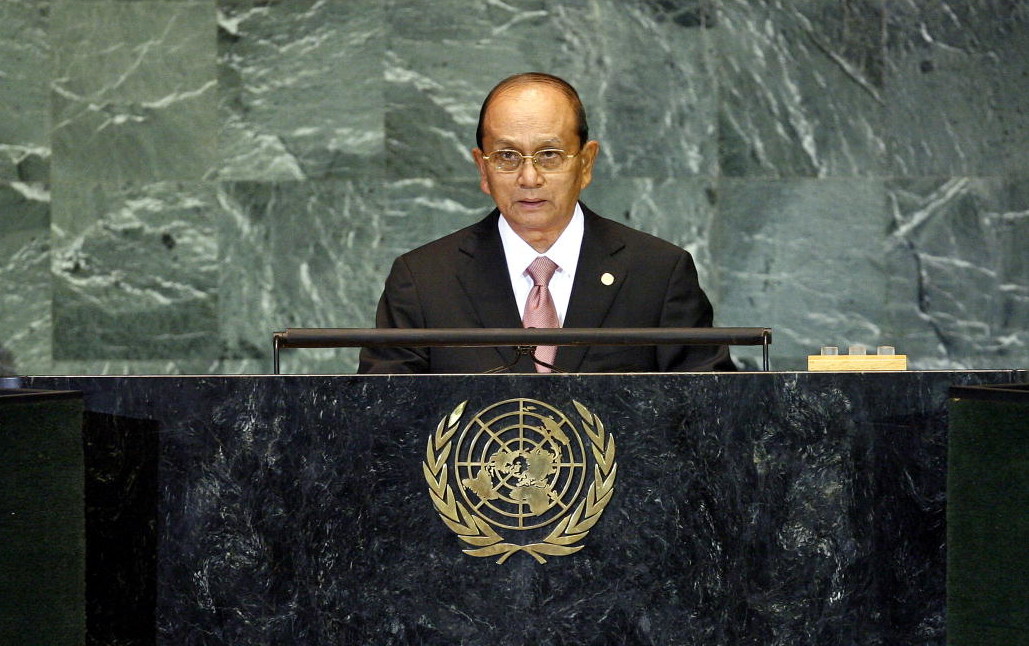In Myanmar, change seems to be the new norm. Now officially known as the Republic of the Union of Myanmar, the Southeast Asian nation with a population of 60 million is shaking off the dust from a protracted period of isolation and opening up to the global stage. In 2008, the state adopted a new constitution; in 2011, the military junta that had ruled the impoverished country since 1962 dissolved. And though the contested 2010 election of President Thein Sein and his military-backed Union Solidarity and Development Party seemed to further doubts that reforms would come slowly to Myanmar, the new government has since engaged in structural attempts to integrate the nation into the global economy. In 2011, the government approved the organization of trade and labor unions and orchestrated a floating of Myanmar’s currency, the kyat; previously, a sizable discrepancy had existed between the more commonly used black market and official exchange rates. In January of this year, Thein Sein’s government, bolstered by support from the IMF and the Asian Development Bank, unveiled a package of economic reforms that were clear in their goal to achieve economic development. Perhaps the most important change comes in establishing the independence of the nation’s central bank.
The prospects of an open Myanmar are plentiful, and the processes by which development can occur are just as abundant. A largely agrarian state, Myanmar currently utilizes only 18% of its land for farming, an industry which itself accounts for 36% of Myanmar’s GDP. However, this share has been dropping steadily since the early ‘90s in contrast with industrial production, which has risen nearly 18% to a 26% share of GDP since 1994 (see “Structure of Output”). Both domestic and foreign investors will have a hand in deciding the as of yet uncertain focus of development. What is certain is the incredibly important role other emerging Asian economies will have in the integration of Myanmar—of the top ten countries to which Myanmar exports goods and services, nine are Asian, and of the top ten countries from which Myanmar imports goods and services, nine are also Asian (see “Direction of Trade”). In 2011, Myanmar exported 37% of its goods to one nation, Thailand, while importing 39% of its goods from one other nation, China. Such figures should not come as a surprise, really, considering the effect U.S. sanctions might have on trade between Myanmar and America.
All this reform and opportunity bodes well for foreign direct investment, particularly of the Chinese variety, but several political obstacles should still prevent total foreign acceptance of Myanmar’s reforms. The increasingly violent conflict between Myanmar’s military forces and an opposition group named the Kachin Independence Organization has escalated in recent months. In the northern regions, the government of Myanmar continues to deny ethnic Rohyinga Muslims citizenship, protection from ethnic persecution, and any semblance of human or civil rights—over 100,000 have been displaced as a result. And though the last three years have borne a steady flow of freed political prisoners like Nobel Peace Prize winner and recently-elected representative Aung San Suu Kyi, many reports claim that large numbers of prisoners have yet to be released. If any sort of serious structural change is to occur in Myanmar, these issues will need to be addressed. President Thein Sein, himself a former military commander of the old junta regime, still stands on the thin ice that 50 years of military despotism created, no matter the aggressive reforms instituted thus far under his watch.
